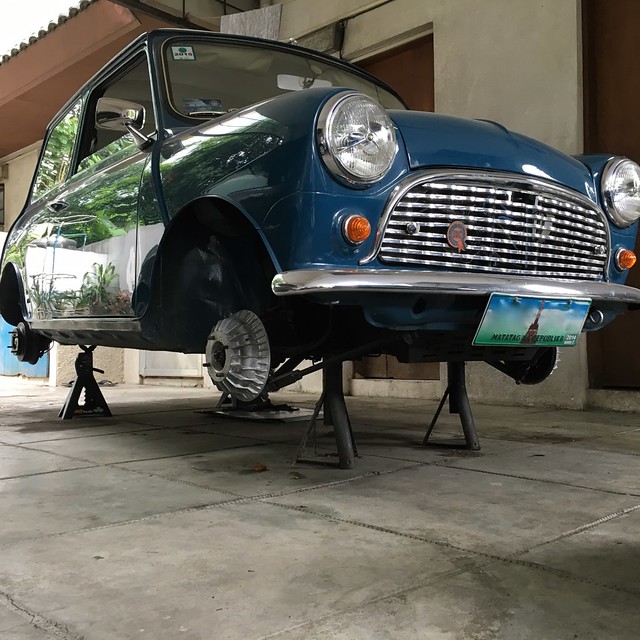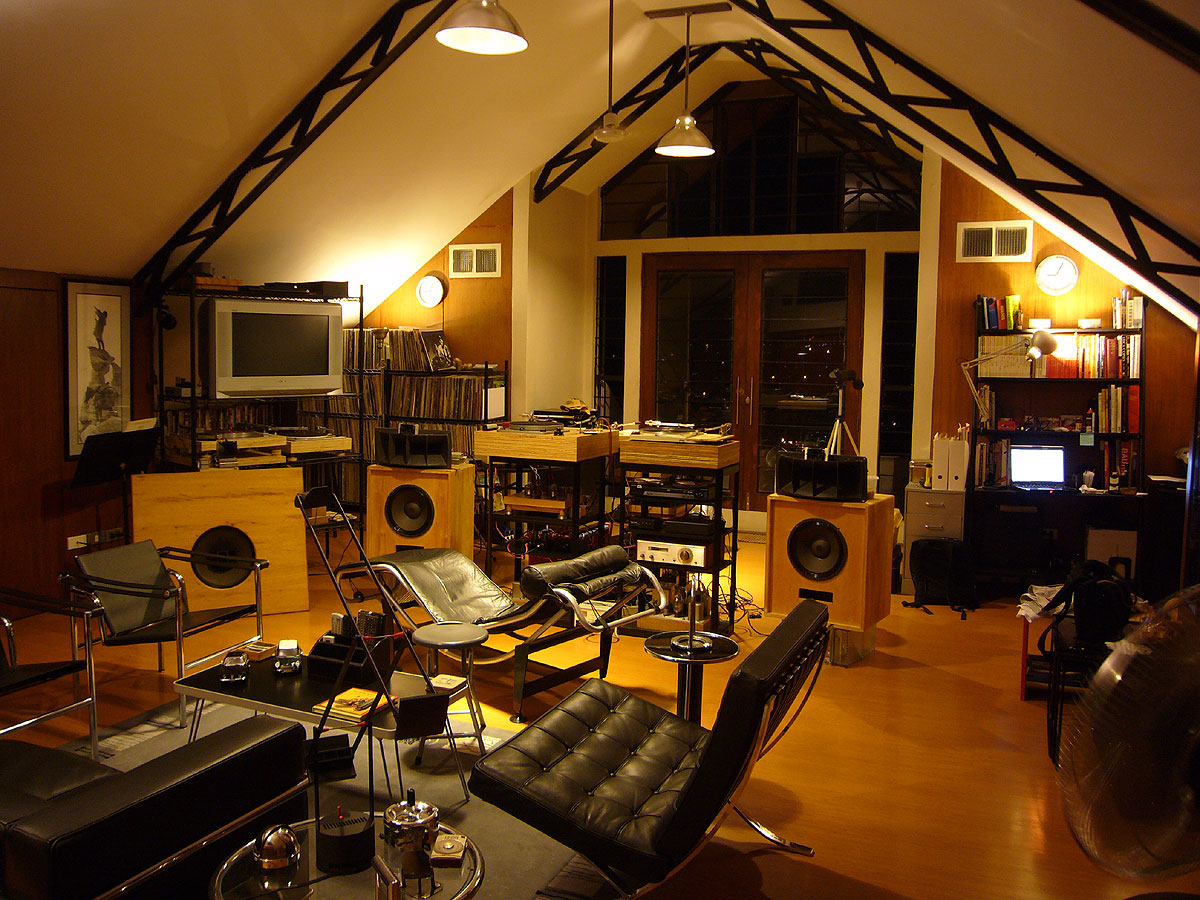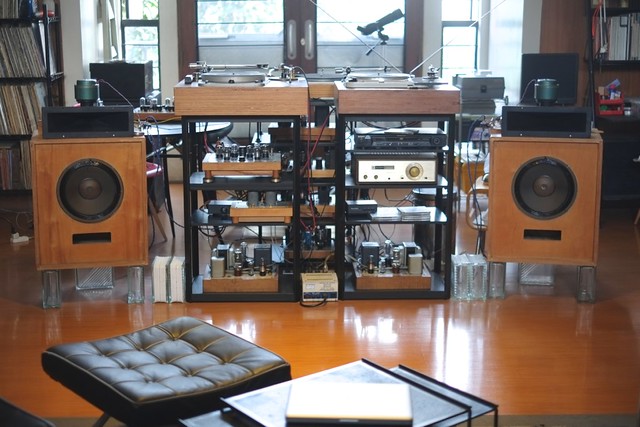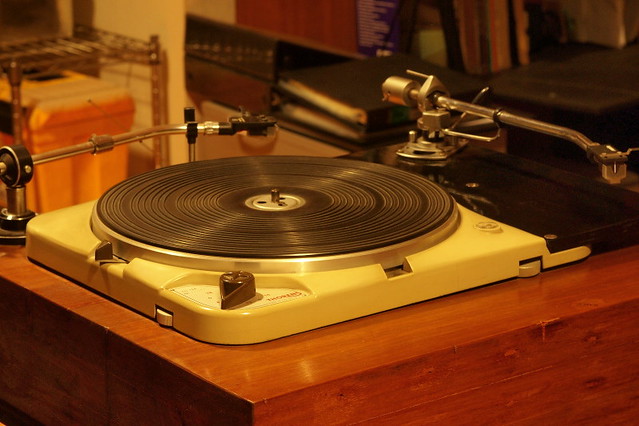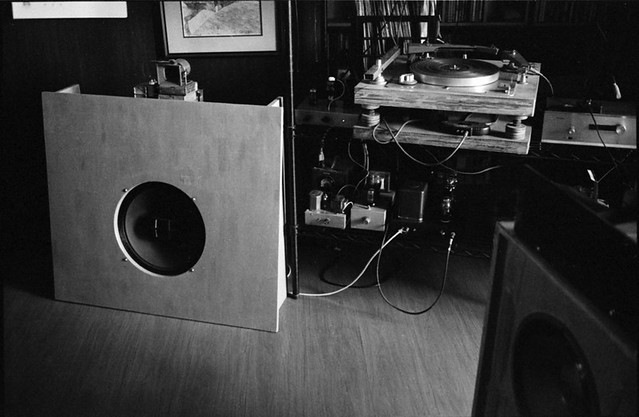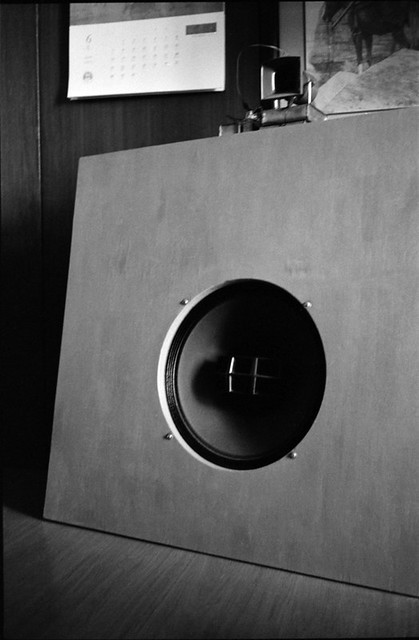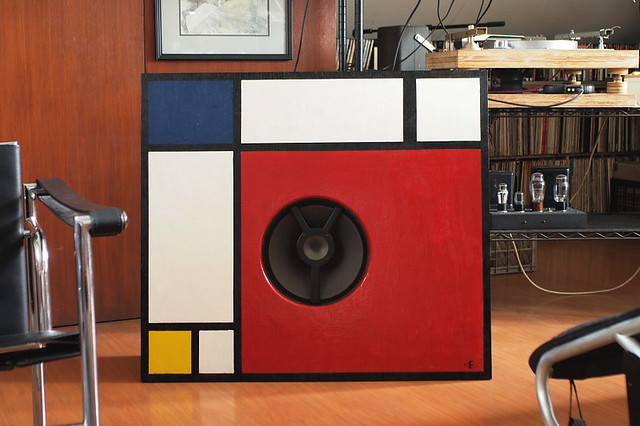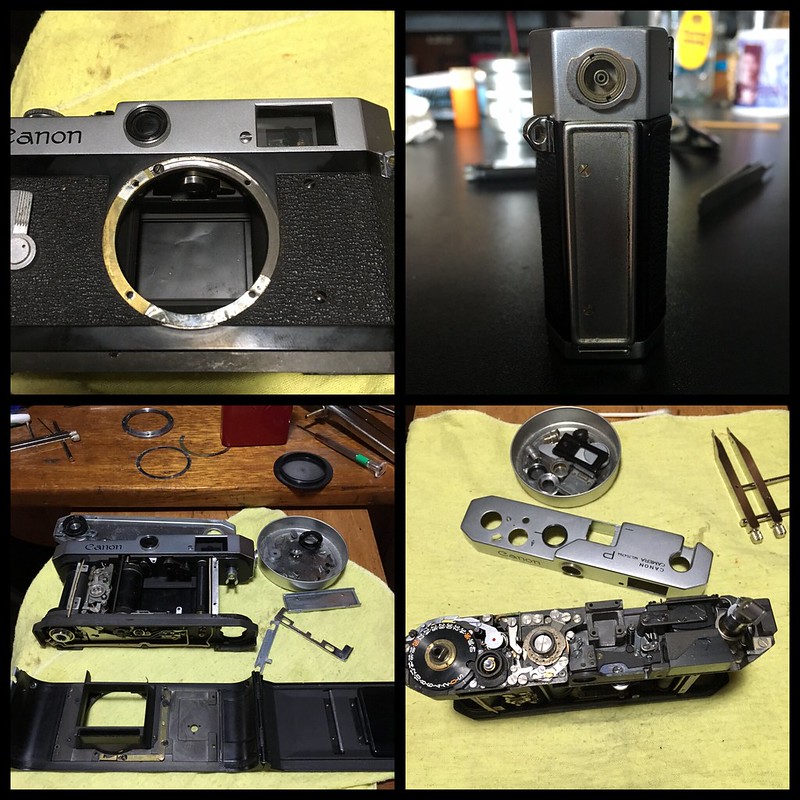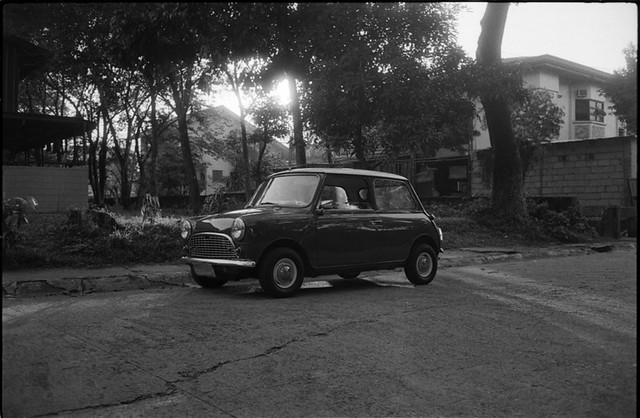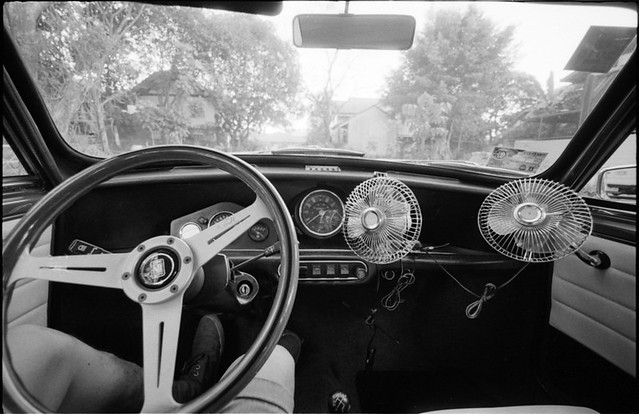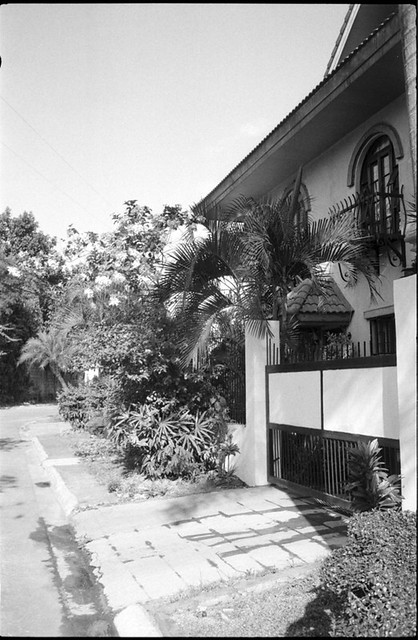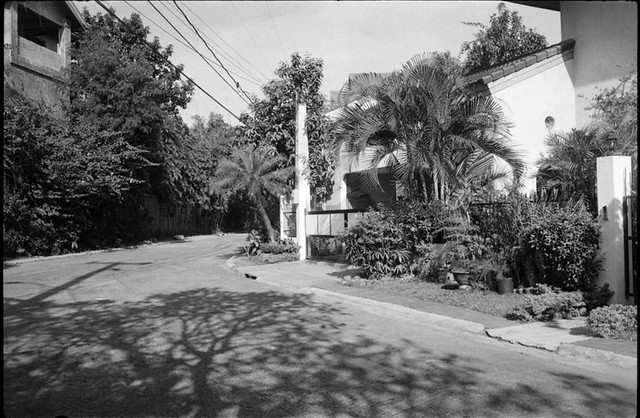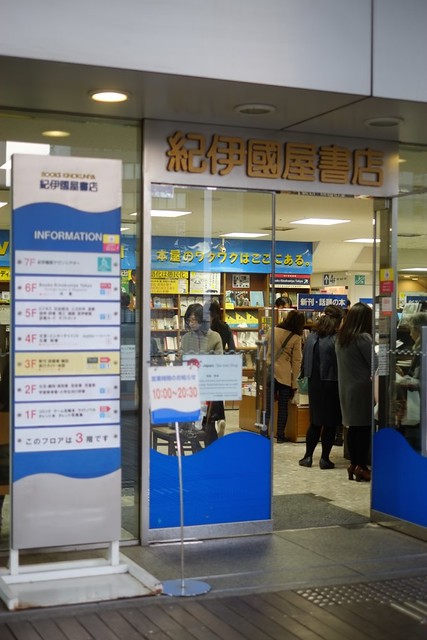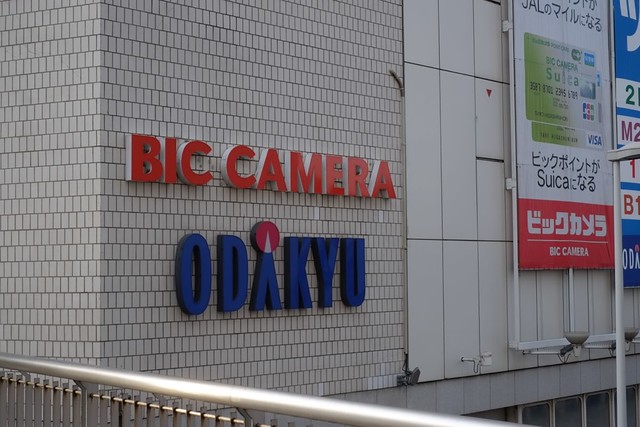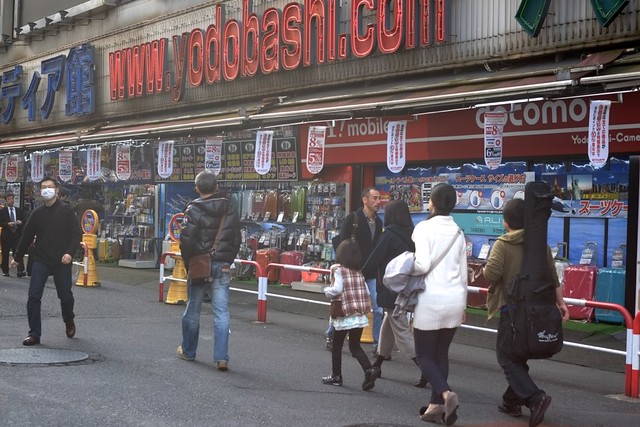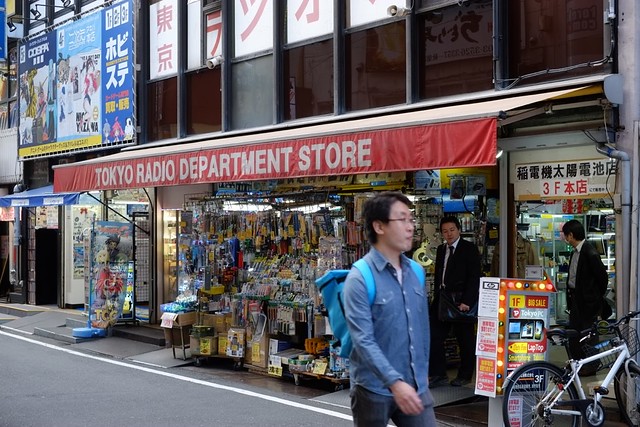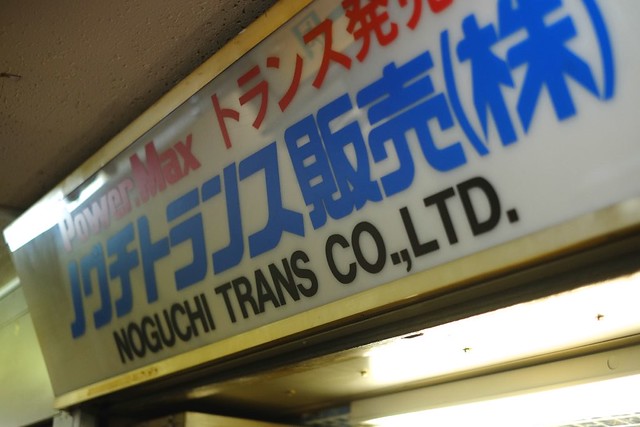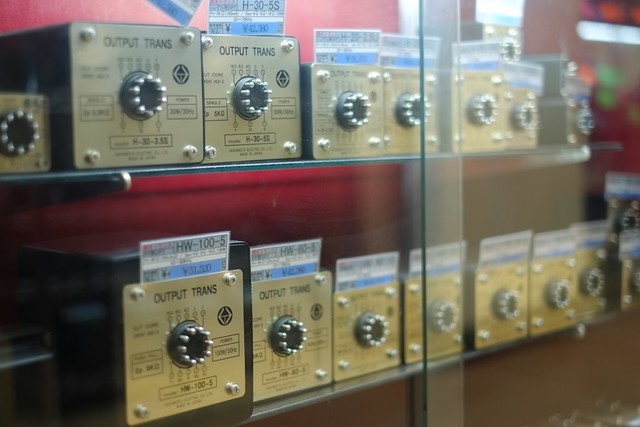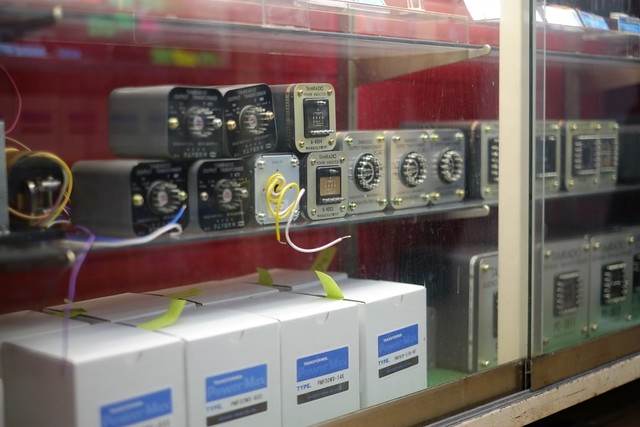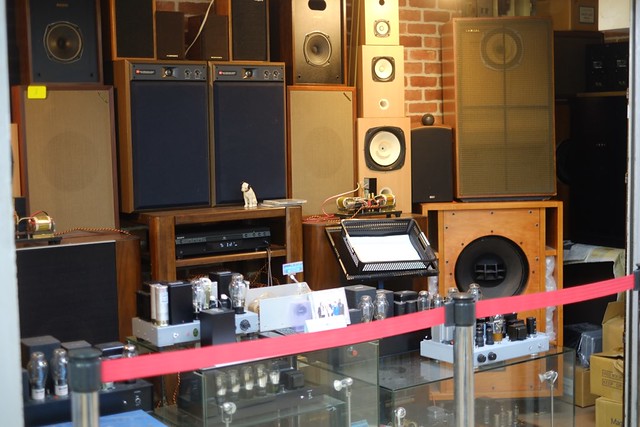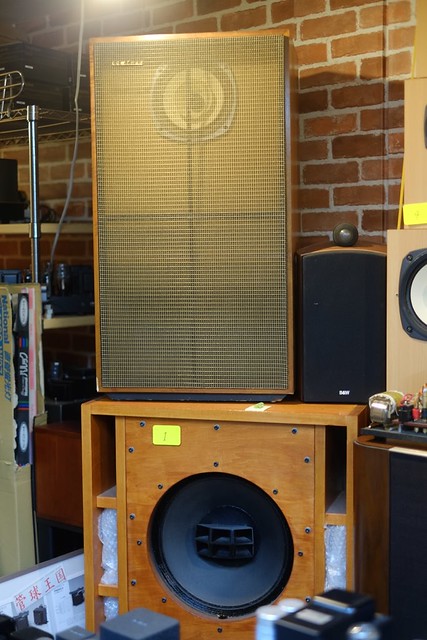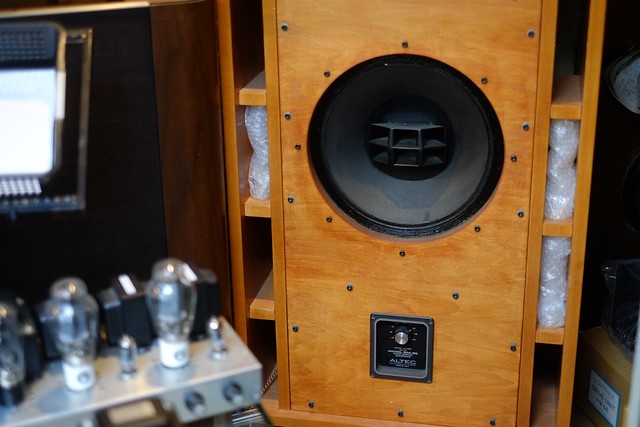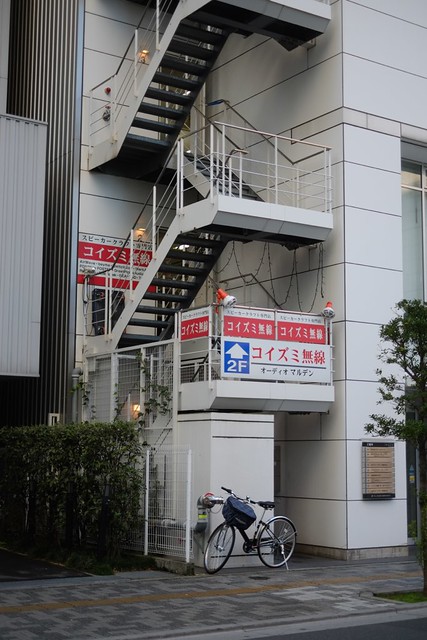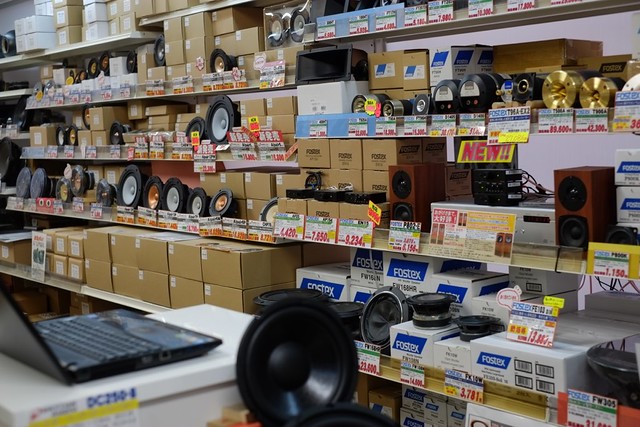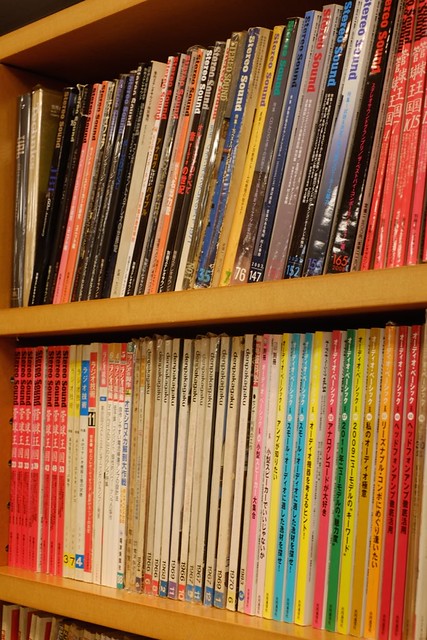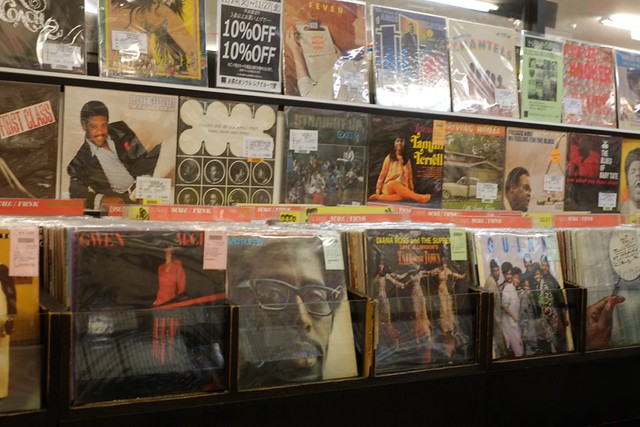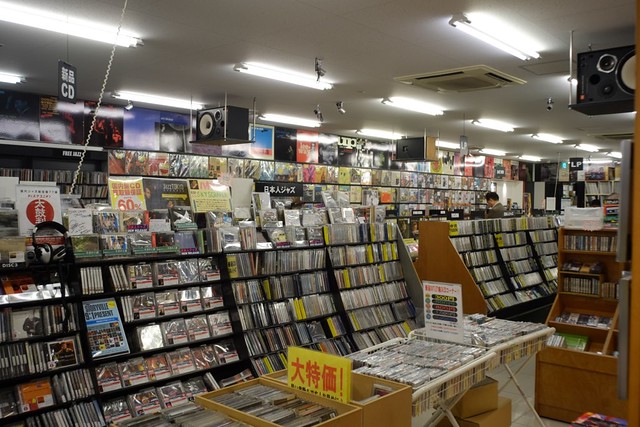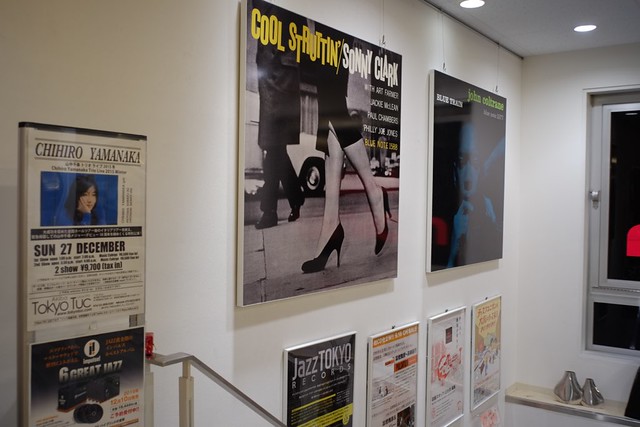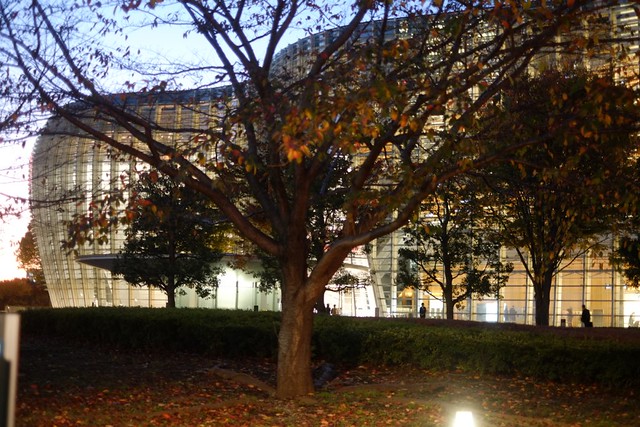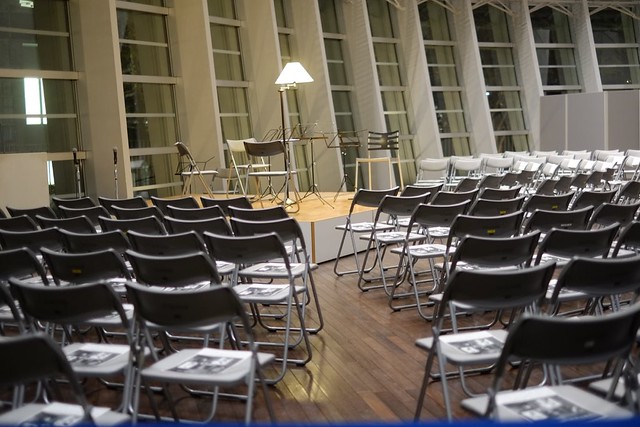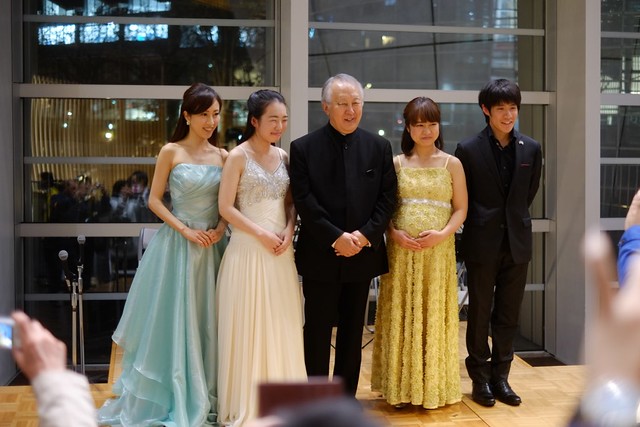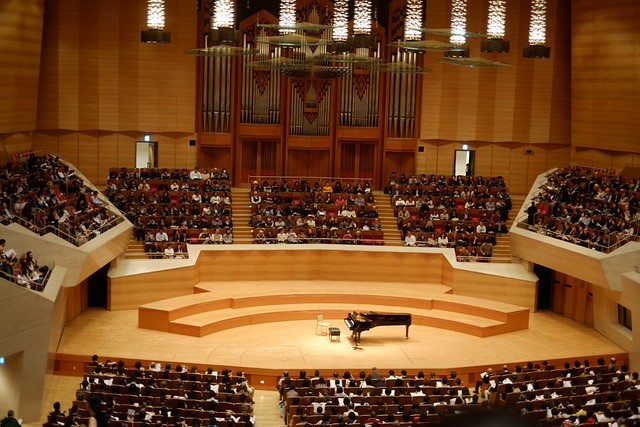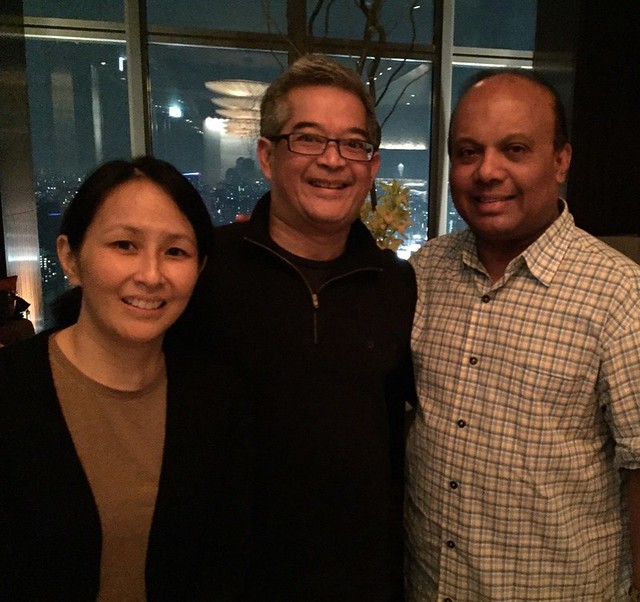Is there life after Altec?
My first encounter with Emilar and Renkus-Heinz was in a discussion at the Lansing Heritage forum in 2006. Apparently, Jonas Renkus was a principal at both companies in the 70s and 80s. Prior to co-founding these companies, he worked under John Hilliard at Altec Lansing and followed him at Ling Temco Vought (LTV) where they developed a new compression driver with a polyimide suspension aluminum diaphragm. A paper on this research was submitted to the Journal of the Audio Engineering Society in 1966. This association piqued my interest, which triggered my search for affordable Emilar and Renkus-Heinz drivers.
Soon after I arrived in Manila, I became friends with artisanal speaker craftsman Lin Gomez. He is the go to person for Altec, JBL, Jensen, Western Electric or any vintage driver that needs restoration. His company used to be the official Beyma importer. During his closeout sale of Beyma inventory, among those I purchased was a pair of Beyma CP380M.
For the past couple of years, I've been playing with these drivers in the attic mounted either on the Altec 811, RCF H3709 and Altec 32C. But all of my recent critical listening was done through the mono rig driving one side of the Altec 2-way using the following crossover set up.
Crossover
 |
| 3khz @ 6dB/octave high pass + HF ATT/EQ for 16 ohm drivers |
To keep things simple, critical listening tests were done with the Altec 414A full range and the above crossover was used for the Altec 802D and Beyma CP380M (both 16 ohms) cutting in @ ~ 3000 hz with a 6dB/octave slope.
 |
| 3khz @ 6dB/octave high-pass + HF ATT/EQ for 8 ohm drivers |
For the 8 ohm compression drivers the above crossover was used and the 414A running full range. The 8 ohm L-pad substituted in place of a 25 or 30 ohm wire wound pot works just as well.
Splitting hairs
For all intents and purposes, these drivers were designed for similar real world applications. Since each manufacturer had their own set of measurement parameters, I deemed the inclusion of driver specifications inconsequential. Anyway, I noted that the minor differences in driver efficiency were well within the shelving range of the attenuator on both crossovers.
My main objective was simply to find out how each compression driver attached to the Altec 32C horn blends with the outstanding midrange performance of the Altec 414A woofer loaded inside the 614 bass reflex cabinet. In an ideal world, the blend should be seamless, with the horn/driver combo just filling in the missing upper frequency harmonic overtones not within the reach of the woofer. |
| Altec 802D 16 ohm original aluminum diaphragm Alnico magnet |
The 802D has been a musical companion for almost 20 years, so I know it very well. Attached to the 32C horn and playing duets with the 414A, they produce a harmonically rich and luscious midrange along with high frequencies that are silky smooth and extended. To my biased ears, it would be difficult to equal the 32C/802D/414A/614/JELN1600CXO quintet, short of a WE757A ;)
 |
| Emilar EC175-8 8 ohm original diaphragm Ferrite magnet |
My first impression of the EC175-8 which lingered all throughout my listening test, was a rich midrange reminiscent of the 802D. Perhaps this was due to its rather subtle presentation of high frequencies which are there, yet not stealing the limelight from the midrange. It's worth noting that this driver has a similar long throat design as the 802D.
 |
| Renkus-Heinz SSD 1800-8 8 ohm original diaphragm Ferrite magnet |
The SSD 1800-8 + 414A was also a coherent combination. But the tonal balance was the antithesis of the EC175-8. The midrange sounded a bit leaner due to more prominent high frequencies. This driver has a short throat/pancake design like the 902-8B below. I wonder if the short throat configuration tends to enhance high frequencies?
Caveat: Based on my internet research, there are no original replacement diaphragms currently manufactured for Renkus-Heinz drivers.
 |
| Altec 902-8B 8 ohm original diaphragm Ferrite magnet |
To make things more interesting I borrowed a pair of Altec 902-8B cherished by my buddy Joel. The sound of this driver is similar to the 802D with the midrange not quite as lush but still vivid and involving. Since it had the best high frequency extension and transient response, the sound was invigorating.
 |
| Top left: Beyma 8 AG/N 8" fullrange Top right: Beyma SM115 15" woofer Bottom left: Beyma CP380M Bottom right: OB experiment ca. '09 |
In early 2009 I experimented with the CP380M + 32C coupled to the 15" Beyma SM115 woofer in an open baffle. I was actually quite impressed by the potential of this combination which was the reason I bought them.
 |
| Beyma CP380M 16 ohm polyester diaphragm Ferrite magnet |
However, in the context of this survey, the CP380M did not fare as well as the other drivers. Although the sound was quite pleasant with good high frequency extension, I was constantly aware of a transition between the 414A and the horn. Perhaps it was really voiced for a Beyma woofer?
Coda
The Emilar EC175-8 and Renkus-Heinz SSD 1800-8 have their virtues and omissions. If their virtues were combined, then we have a true Altec alternative. Yet despite their minor flaws, mounted on the Altec 32B horn, both easily coalesced with the Altec 414A woofer which corroborated their genetic heritage. If I didn't have the 802D, I could have easily lived with either the EC175-8 or SSD 1800-8 with a slight preference for the EC175-8 just because I'm a midrange hedonist;)
With regards to the Altec 802D vs. Altec 902-8B, it boils down to a matter of taste as well as availability and affordability. As for the Beyma, when time permits, I will rehash the OB/SM115 + CP380M/horn experiment and post my findings;)
Happy listening!


